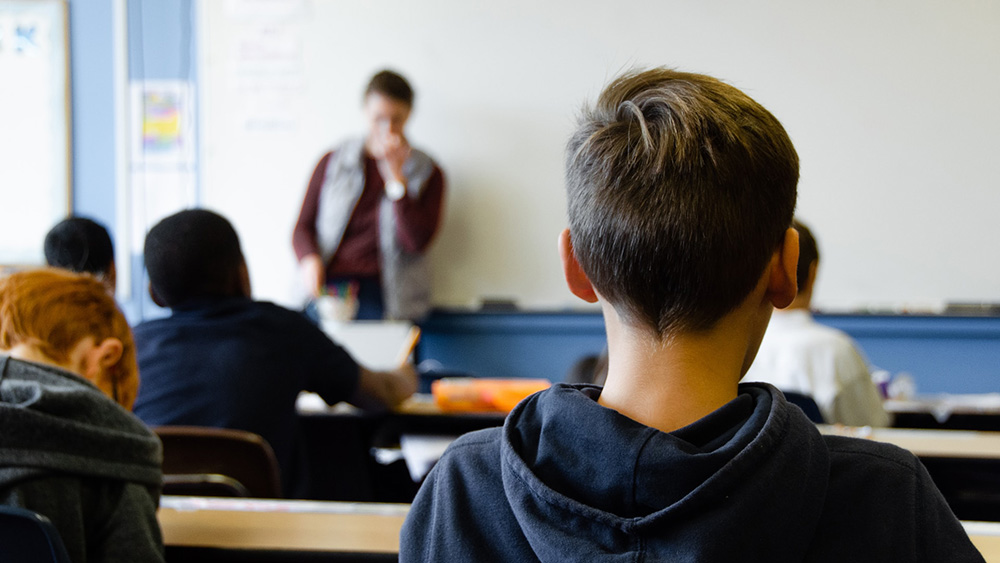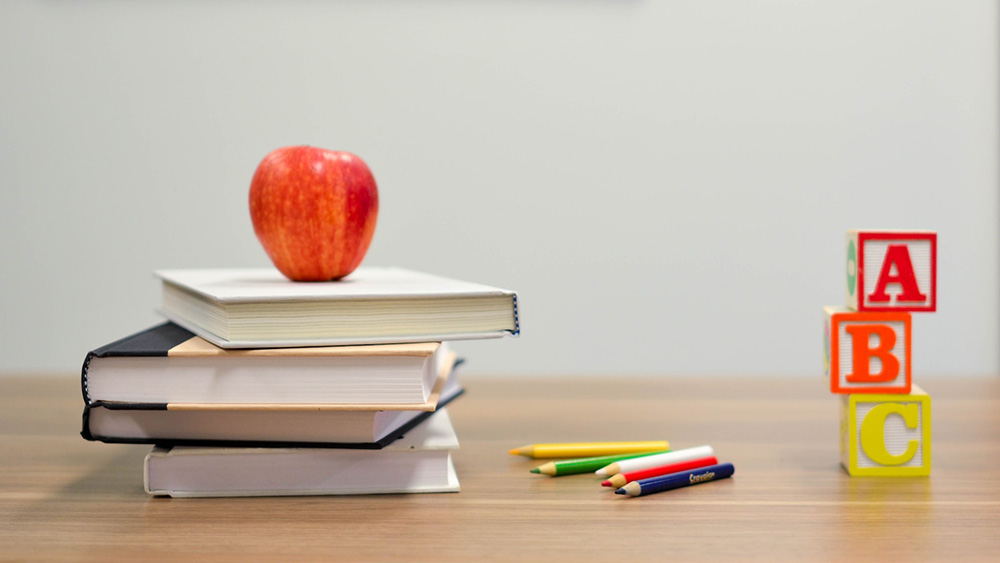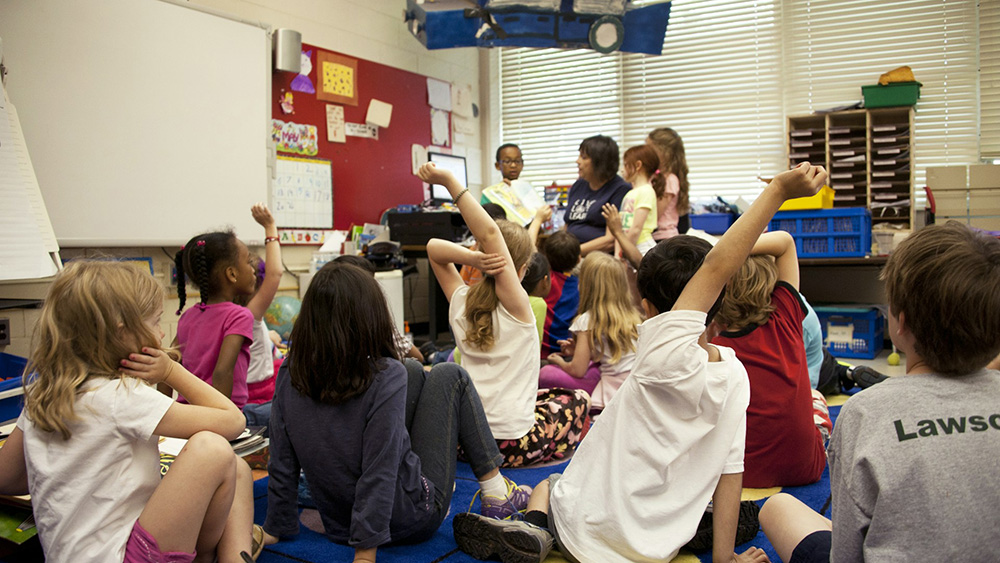The Individuals with Disabilities Education Act (IDEA), a federal education law, states that public school students living with disabilities must have appropriate access to educational opportunities. Such opportunities help set the 7.2 million students with disabilities — including dyslexia, autism, and hearing disabilities — on a track for equal academic achievement, even if their starting points are different from neurotypical or able-bodied students.
In practice, many students with disabilities can’t access the resources that can provide them with an appropriate education. Educational authorities in some states, like Virginia, are at odds with parents of students with IEPs who say they are not fulfilling their obligations under IDEA.
How can schools ensure that students with disabilities thrive?
What is an Individualized Education Plan (IEP)?
IEPs are an educational option that is covered by IDEA and created for children from 3+ years of age (in pre-K through 12th grade) in public school.
To be eligible for an IEP, a student must have one of the conditions covered under IDEA and need support services to succeed in school using the general curriculum. These services might include getting extra time for tests, interpretation for students with hearing or vision disabilities, or counseling resources.
Students must be evaluated for an IEP by a team of professionals, which can include classroom teachers, psychologists, physical therapists, speech therapists, vision or hearing therapists, and advocates. The team’s goal is to identify the student’s strengths and challenges so the resulting IEP is tailored to the specific accommodations needed, current levels of academic performance, and measurable annual performance objectives.

What struggles do students with IEPs face?
Even when granted access to specialized plans and resources, students with IEPs can face challenges — and parental advocacy isn’t always successful. For one thing, students can have trouble accessing services because they don’t know they are available or because their school does not have enough resources to provide them.
A common myth is that children with IEPs are educated in a separate classroom, but most are in the same classroom as children without IEPs (because they follow the same curriculum). Sometimes, children with disabilities can display disruptive behaviors, which can lead to ostracization by other students or teachers.
I am a student currently with an IEP. My IEP hardly does anything for me; I maybe get on a couple meetings every once in a while, but I don’t get much assistance. I’m autistic and have ADHD, but I hardly get any help from these people that are supposed to help me. I get an assignment excused sometimes, but that’s about it. I just wish I had more personal help, someone who can tutor me or something like that. —August Weeks, student
(Source: Mother Jones)
What struggles are schools facing?
Under IDEA, teachers of students with disabilities are responsible for planning, implementing, and monitoring IEPs throughout the school year. However, it can be hard for teachers to support students with IEPs without getting needed support themselves.
The pandemic worsened an already challenging situation, when school closures and virtual learning led to widespread learning loss among K-12 students. Underwater teachers were often unable to give students with disabilities the specialized help they need, which has resulted in lower test scores and graduation rates post-pandemic when compared to students without IEPs.
Schools often struggle to fulfill the conditions of their students’ IEPs due to a lack of funding both from school districts and the federal government. Amid a nationwide shortage of teachers, it has been especially hard to fill special education vacancies.
I taught Sp[ecial] Ed[ucation] for 20 years for LAUSD. The teachers I worked with were dedicated, but the obstacles to getting one-on-one help for students who required this were often insurmountable. The time and paperwork required to write reports are not given to teachers. Lawyers and school administration have taken over the process. I watched this happen. It kept children from getting help. —Bonnie Raphael, educator
(Source: Mother Jones)

How teachers can support students with IEPs
According to James R. Thompson, author of Planning for the Success of Students with IEPs: A Systematic, Supports-Based Approach, “Students with IEPs can and do make progress toward the same general education curriculum standards as their peers without IEPs.”
Creating a safe and inclusive space for neurodiverse students can help improve test scores and graduation rates in K-12 schools. Here are a few tips:
Ensure that educators understand their responsibility
Students with IEPs are not inherently different learners; they simply have unique support needs. Classroom teachers play a key role in helping students with IEPs access resources and accommodations, as well as assessing their progress — and should be encouraged to contact school administrators, members of the students’ support team, and student case workers whenever they need support.
Teachers should also stay in regular contact with the parents of students with IEPs, and let them know any observed changes in behavior or academic performance. When kept in the loop, parents can help students practice their classroom teachers’ strategies at home and bring more consistency to the process.
Plan lessons with IEPs in mind
To make IEPs successful, educators should plan classroom activities, projects, and evaluations with student disabilities in mind. Ask questions like, how can we accommodate a student with a visual or hearing disability during a lesson where a video is played? How can we ensure that a student with ADHD has enough time to complete a test?
School administrators can help by making classroom resources, like extra audiovisual equipment and teacher’s aids, available as needed.
Review and update IEPs each year
An IEP that does not serve a student’s needs is not useful. While IEPs can be changed at any time, they should be reviewed at least yearly to update current levels of academic performance and mutually agreed-upon goals, as well as to set expectations for services and resources students can access. Be sure to involve parents in this process.
Develop a plan for co-teaching
Collaborative team teaching, or co-teaching, has a number of different models. One model involves a general education teacher and special education teacher working together as equals in the same classroom.
Disability advocate and former teacher Kimberly Knackstedt says co-teaching is “one of the most evidence-based, appropriate models” for K-12 students with disabilities.

How Teachers On Demand can support you
Educators need all resources on deck to support students to their fullest potential. As a full-service education staffing agency, Teachers On Demand can help you find qualified Special Education teachers, as well as supplement your tutoring program. Reach out today!